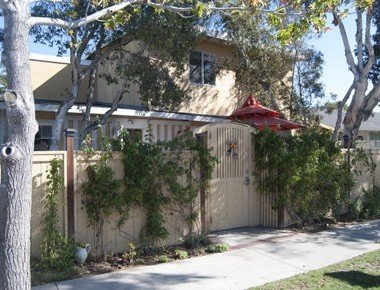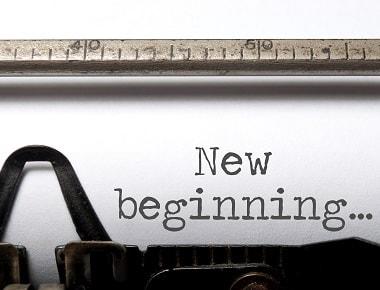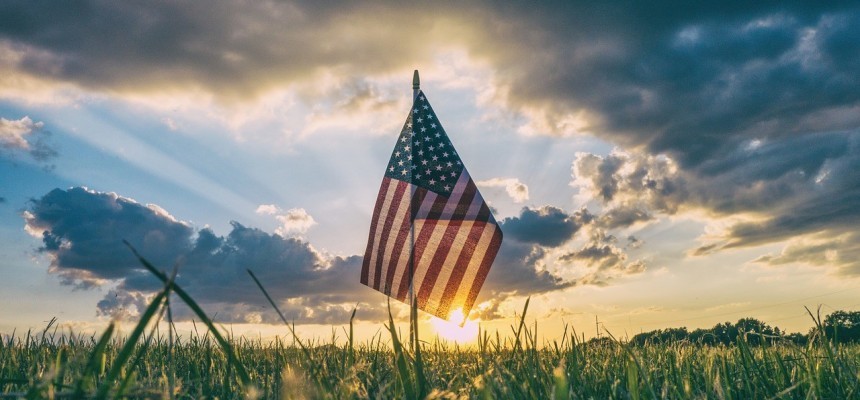
Confronting Our National Overdose Epidemic
The United States is in the grips of a drug overdose epidemic. Deaths from drug overdose rose eleven percent across the board between 2014 and 2015, totaling over fifty-two thousand lives lost; an all-time high for our country. To put that in perspective, the total number of car crash deaths was just under thirty-eight thousand, and gun deaths including suicides totaled just over thirty-six thousand.
The rate at which Americans are dying from drug overdoses is climbing at a much more rapid tilt than any other cause of death. The Center for Disease Control’s chief of mortality statistics Robert Anderson has drawn comparisons between current overdose trends and the HIV epidemic of the late 80s and early 90s, the peak of which, in 1995, showed a similar death toll to what we’re seeing from drugs today.1
The difference is that disease epidemics like HIV typically center on urban areas or similarly concentrated locales, with lots of people living together in close quarters allowing for the easy spread of virulent pathogens. Drug overdoses, on the other hand, are on the rise everywhere; county-level statistics show an almost universal uptick, with the greatest increases taking place in the northwest and the south. People of all backgrounds, ethnicities, genders, and education levels are represented in these numbers, showing that no one is immune to this epidemic’s brutality.
All in all, 2015 saw an average of over 143 overdose deaths every single day. Affordable drug rehab centers are doing ground level work to combat the terrifying effects of drug addiction within our communities, but recognizing and avoiding the pitfalls which lead to death by overdose is crucial for every American if we have any hope of regaining control.
Prescription Opioids: A Clear Path to Addiction
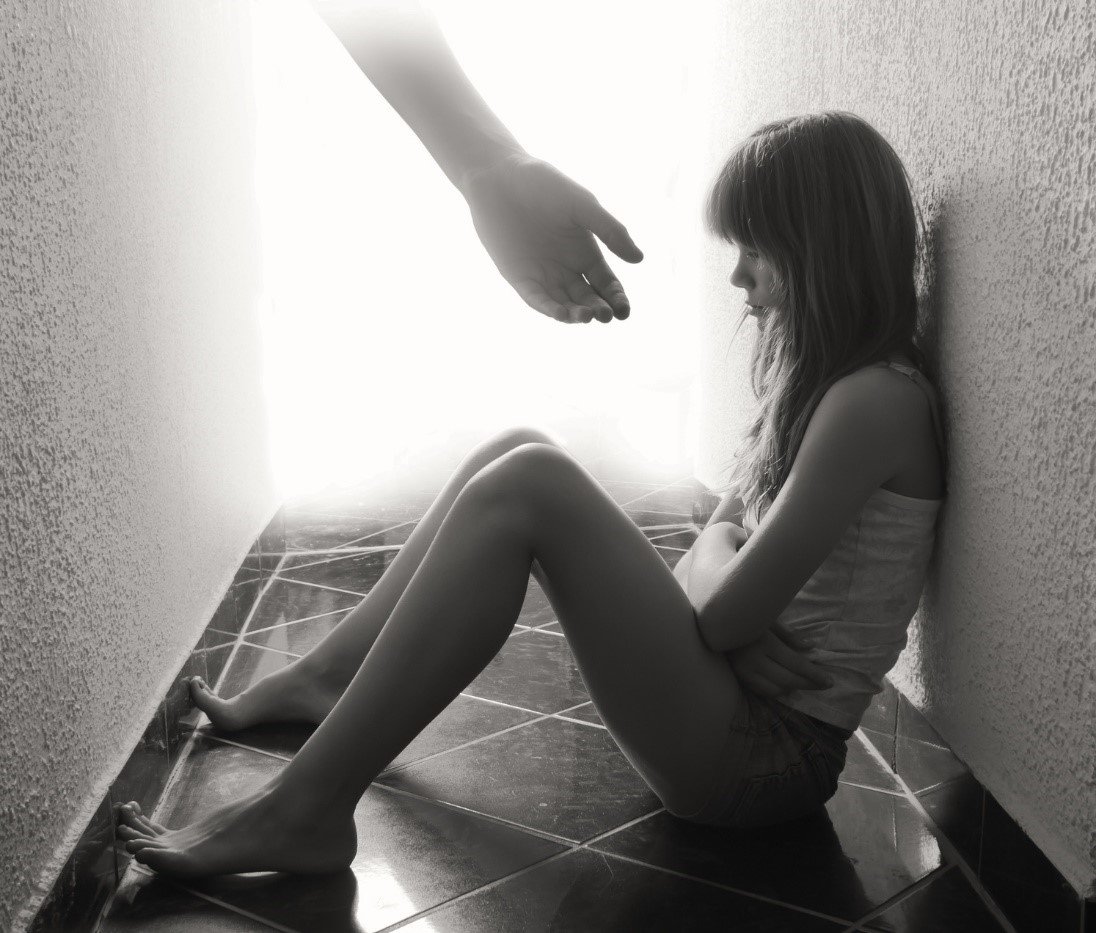
One of the most persistent and damaging misconceptions about drug abuse and overdose is the image of the “typical drug user” which many of us carry in our minds, reinforced by decades of pop culture stigmatization. We tend to see “drug addicts” as low income, untrustworthy people who willfully make bad decision after bad decision, eventually ruining their own lives and destroying their families in the process. “Drug addicts” in the popular parlance are dirty, malignant people, who will steal anything not bolted down in order to feed their need for a fix.
As is the case with most broad-stroke stereotypes, the myth of the slavering, zombie-esque addict is both harmful and inaccurate. The reality is that many addictions begin with legitimate prescriptions from medical doctors.
Orange County rehab specialists working to combat overdose deaths know that more than seventeen thousand drug overdose deaths in 2015 were due to prescription opioid painkillers like OxyContin, Vicodin, and Codeine.2 It’s as simple as throwing out your back while unloading groceries or getting rear-ended and left with a bad case of whiplash.
A doctor prescribes opioid painkillers to help manage the difficulty associated with recovery; after all, most adults with families and careers can’t afford to simply take time off from life in order to recover from a minor injury. We all need pain relief sooner or later.
The problem lies in the way that opioids interact with our brain chemistry. A prolonged opioid regimen will quickly create a base level tolerance to any pain-mitigating effects of the drug. In a relatively short amount of time, you’ll need to take increased amounts of the drug in order to feel the same level of pain relief that used to come with the prescribed dosage.
Add in a prolonged recovery time, like the ones often faced by injured veterans returning from active war zones, and you’ve got a recipe for addiction to which anyone could easily fall prey. And it’s not only adults who are susceptible to prescription opioids; nearly half of all teens surveyed believe that prescription drugs are much safer than illicit street drugs, with more than half of those citing their home medicine cabinet as their main supply.
Heroin And Synthetic Opioids: Illicit Avenues
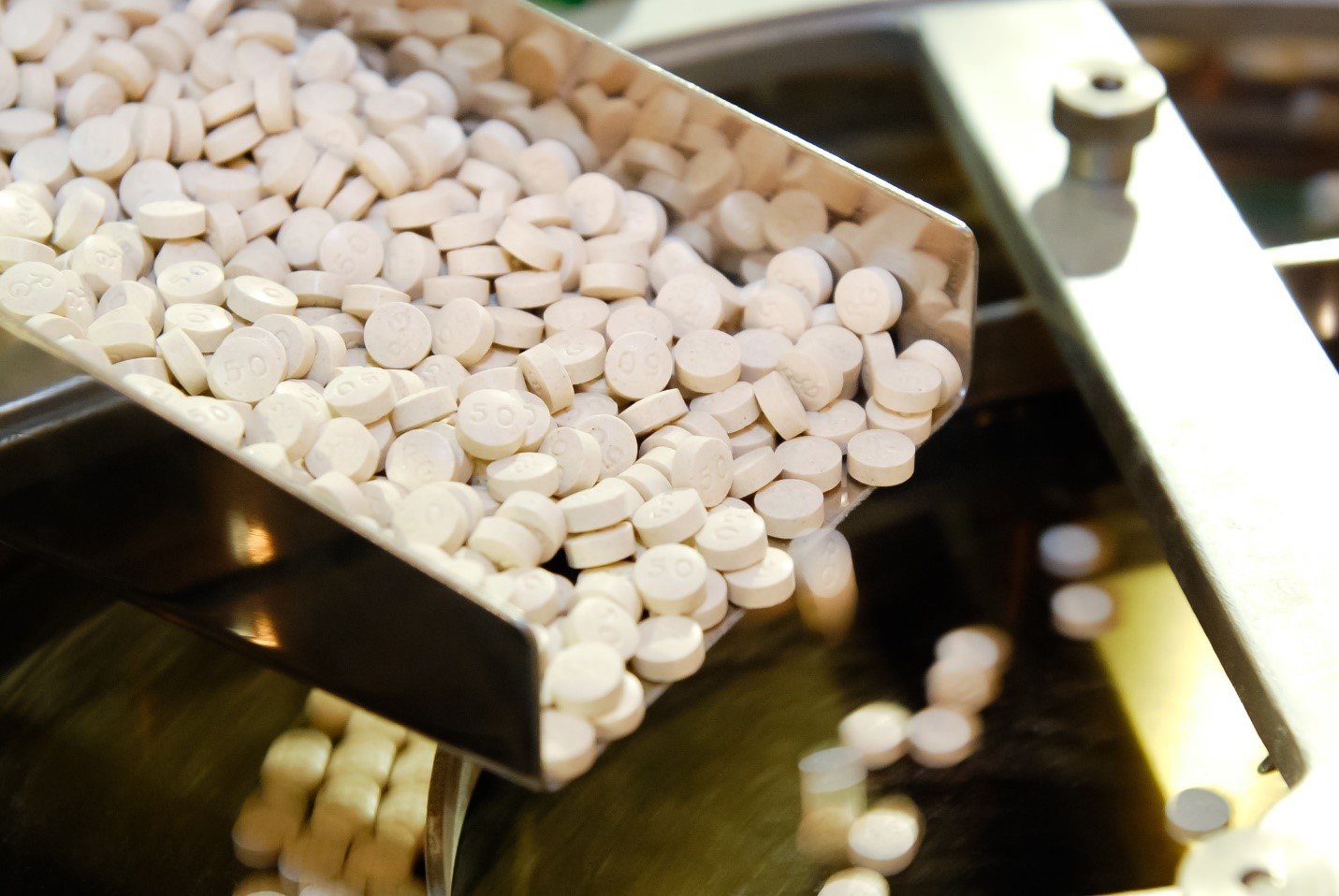
What happens when someone who has become addicted to legitimately prescribed opioids runs out? Withdrawal from opioids can be absolutely crippling; symptoms can include nausea, vomiting, dizziness, increased sensitivity to pain, and a whole host of other potential afflictions which plague the mind and body. Affordable drug rehab should be the next step, but, unfortunately, many choose to turn to heroin and illicit synthetic opioids like fentanyl in order to feed their fledgling addiction.
As many as three out of four new heroin users report starting their addiction with prescription opioids, meaning that up to seventy-five percent of heroin users found their way to illicit drugs through legally prescribed medicine. Heroin is cheaper, purer, and easier to get on the street than prescription painkillers, and its usage and import have spiked dramatically in recent years.
Demand is on the rise; according to the DEA, over two thousand kilograms of heroin were seized in border raids in 2013, representing a fourfold increase in the space of about a decade.
The increase in availability and purity of heroin in the United States comes with a grim price tag; the National Institute on Drug Abuse reports a more than six-fold increase in heroin overdose deaths between 2002 and 2015—from around two thousand to over twelve thousand.3 When you factor in illicit synthetics like fentanyl, the numbers spike to almost twenty thousand.
The death toll for synthetic opioids other than methadone, which is often used to treat heroin addiction, increased seventy-two percent in 2015, far and away the largest increase and, perhaps, the most troubling aspect of the overdose epidemic. Synthetic opioids, by their very nature, are more powerful than morphine and other traditionally prescribed painkillers, especially when produced illicitly, and they are often used in tandem with cocaine and other drugs.
According to Dr. Robert Glatter at New York City’s Lenox Hill Hospital, emergency room doctors are seeing a surge in patients who require high dosages of naloxone, a potent medication which reverses the effects of overdose, in order to regain consciousness following an overdose. “With these patients,” Glatter explains, “we often suspect synthetic opiates.”4
Rehabs in Orange County and across the nation are fighting to raise awareness and help stop the downward spiral of addiction. Heroin, fentanyl, and prescription opioid abuse are the major driving forces behind the overdose epidemic in our country; if you recognize signs of addiction and dependence in yourself or a loved one, it is absolutely imperative to seek experienced, professional help before it’s too late.
Destigmatizing Recovery
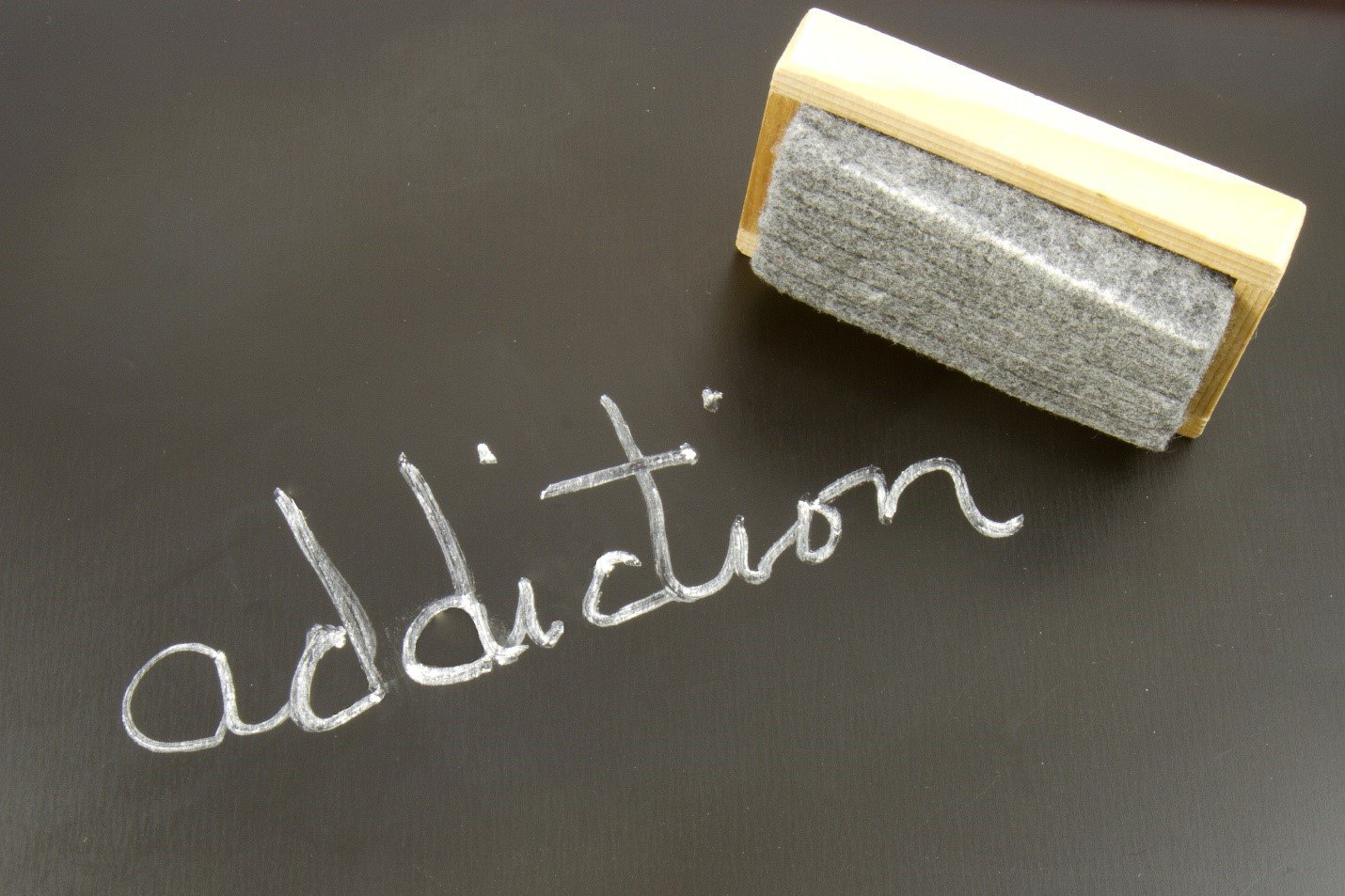
One major factor in the troubling rise of drug overdose deaths is the ignominy surrounding those who seek help in the form of rehabilitation. Thanks to celebrity gossip outlets and misconceptions surrounding addiction in general, our society tends to paint those who seek low-cost drug rehab as weak. There’s a definite negative connotation which prevents many from even considering treatment, as though a strong person ought to be able to “shrug off” a powerful chemical dependency.
The reality of the matter is that this epidemic of drug overdoses in the United States is a problem we all share. It crosses state lines and urban-rural boundaries, and it destroys lives in every demographic and cultural subset. If we want to get serious about quelling the onslaught of overdose deaths, we need to educate ourselves and our families about the dangers of prescription opioid painkillers, as well as the illegal street drugs that we traditionally associate with addiction.
Perhaps most importantly, we need to make it okay to seek help. Affordable drug treatment centers exist to provide medically supervised rehabilitation, but they do little good when people are afraid to seek their services due to some misplaced feeling of shame or weakness. Good, strong, loving people are just as susceptible to drug addiction as anyone else; if we can culturally destigmatize rehabilitation, there’s a good chance of more people seeking help before their addictions spiral out of control.
The first step of any substance abuse treatment curriculum is admitting there’s a problem. It’s time we as a nation admitted that we have a deeply rooted, problematic relationship with drug addiction. The sooner we do, the sooner we can hope to see decreases in the number of lives lost to overdoses.
Sources
- https://www.nytimes.com/interactive/2016/01/07/us/drug-overdose-deaths-in-the-us.html
- https://www.drugabuse.gov/drug-topics/trends-statistics/overdose-death-rates
- https://www.upi.com/Health_News/2016/12/20/Drug-overdose-deaths-rise-dramatically-in-US/7221482261945/





